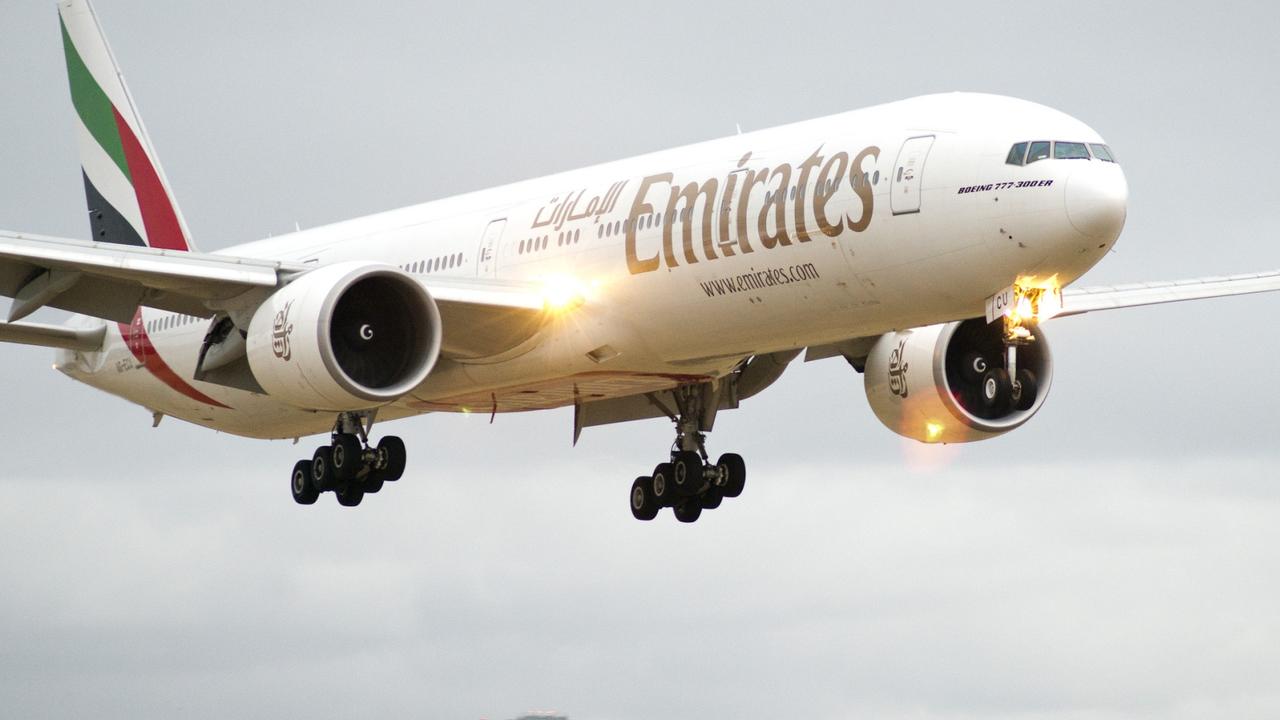Air traffic controller ‘choked under pressure’, causing near-miss
TWO planes were on a head-on path with each other because the air traffic controller was overwhelmed at the post, a new report says.
AN AIR traffic control assessor had to take over a control tower in New Zealand when a controller became overwhelmed, leading to four incidents, a report has found.
The New Zealand Transport Accident Investigation Commission report found the controller at Hamilton “became overwhelmed by the circumstances on the day and lost situational awareness of the aircraft within the control zone”.
The report said an aerodrome controller was undergoing an annual proficiency assessment in the Hamilton air traffic control tower operated by air traffic service provider Airways on December 17, 2015 with an assessor sitting behind, the NZ Herald reported.
During the assessment, a series of four incidents occurred that related to the controller’s management of air traffic in the vicinity of the aerodrome.
The report, out today, said a pilot on their first solo flight was put on a head-on converging path with another plane and the aircraft came within 926m of each other.
“Following the fourth incident, the assessor stopped the assessment and took over as the aerodrome controller to resolve the situation,’’ the report said.
There were no collisions and nobody was injured. Airways says the controller passed their proficiency assessments, and was now posted to another tower.
The commission hired a clinical psychologist to analyse the controller’s actions.
“The psychologist’s assessment of the controller’s actions stated in part (that) the controller appears to have experienced ‘choking under pressure’, a phenomenon defined as a critical deterioration in the execution of habitual processes as a result of elevation in anxiety under perceived pressure, leading to substandard performance.”
The commission also found the usual briefing procedure before conducting the assessment was not fully followed, and that likely affected the team dynamics in the control tower.
At a broader level, the commission found that Airways’ tradition of posting recently qualified controllers with limited experience to Hamilton aerodrome, one of the busiest in New Zealand, had the potential to raise the risk profile of the air traffic control unit.
The commission identified the following safety issues:
• The standard of team resource management in the Hamilton air traffic control tower did not match good industry practice
• Some aerodrome controllers are “over-controlling” visual flight rules traffic in and around the control zone, which is unnecessarily congesting the radio frequencies and risks causing difficulties for inexperienced pilots and those for whom English is their second language.
The commission also said changes in the size and shape of the Hamilton control zone have shifted some visual flight rules with traffic congestion to prominent points outside the control zone, and likely increased the risk of collision in those areas.
The commission made two recommendations to address key safety issues.
The key lessons arising from the inquiry were:
• Operational assessments in a team situation have the potential to alter the normal team dynamics. It is essential that assessments are properly managed and that every team member is clear on their responsibilities and their involvement in the assessment process
• Clear, succinct and short radio communication between air traffic control and aircraft is pivotal to safe operations.
Airways said that as a result of its own internal investigation, and in the two and a half years following this event it has made a “number of changes’’ to internal processes and have worked closely with the flight training school and the airport operator to increase the level of collaboration between all parties.
“We are satisfied that these changes have improved safety and operational outcomes at Hamilton,’’ said a spokeswoman.
The report comes out a week after Airways had to apologise for problems with an air traffic controller turning up late for work at Hawke’s Bay Airport at Napier and delaying aircraft. It was also revealed in August police were called to evict a woman from the air traffic control tower after she became enraged at her husband — the duty controller.
At Hamilton there are training schools on the aerodrome and the airport is getting busier.
Last year it reported a surge in passenger numbers, boosted by people avoiding congested Auckland roads to get to the airport in that city.
Hamilton Airport experienced a 13 per cent increase in passengers across core routes (Wellington, Christchurch, Palmerston North) during 2017 with close to 335,000 air travellers going through the gate.
Waikato Regional Airport Ltd (WRAL), owned by five Waikato-based councils, owns Hamilton Airport. Hamilton & Waikato Tourism and Titanium Park Ltd are also WRAL subsidiaries.
Increased seating capacity had also played a role in the growth, he said. Hamilton Airport has seen a 12 per cent increase in available seats after Air New Zealand phased out its 19-seater Beech aircraft in August last year, replacing them with 68 and 50-seater planes.
This article originally appeared on the NZ Herald and was reproduced with permission.



